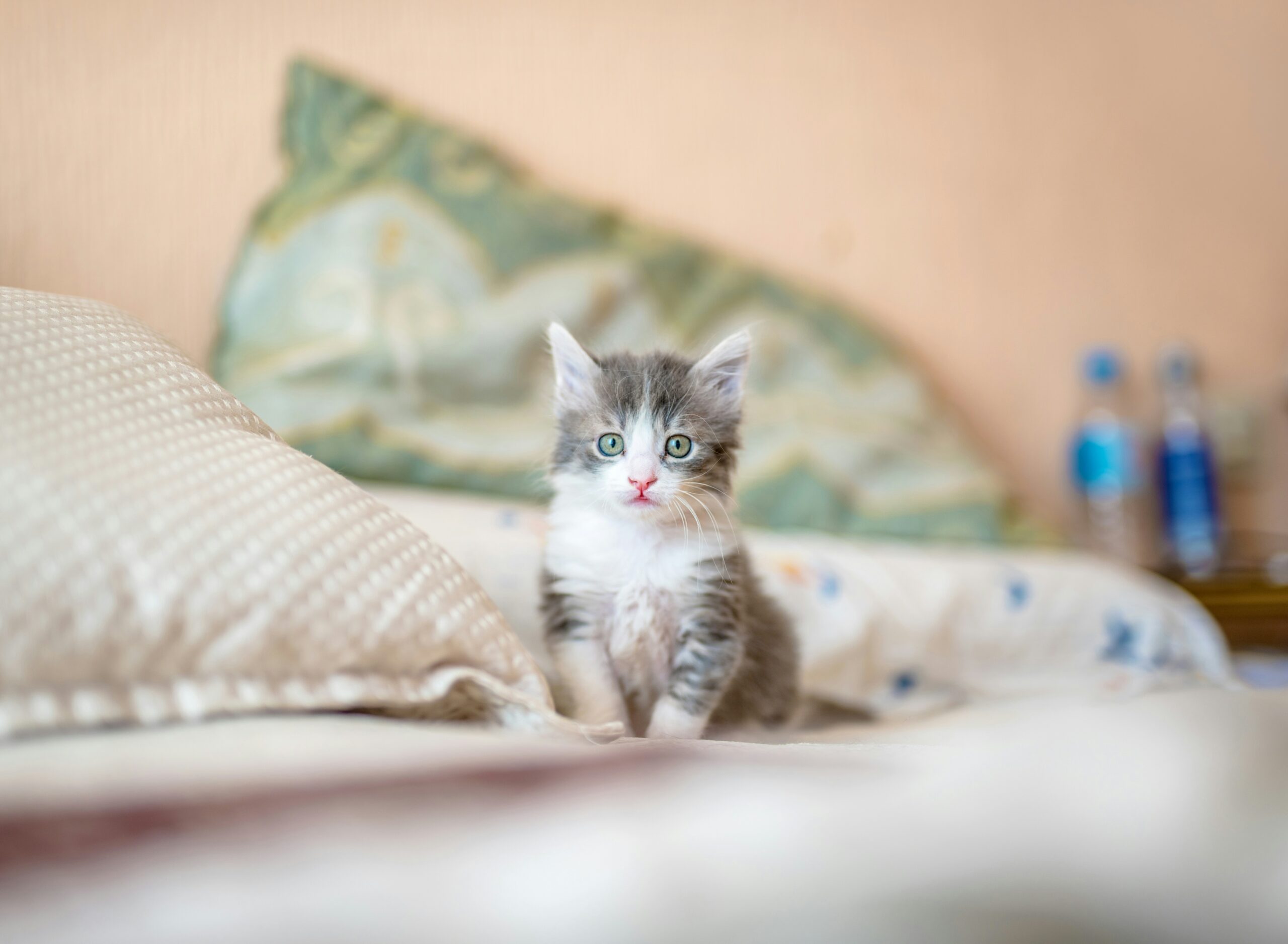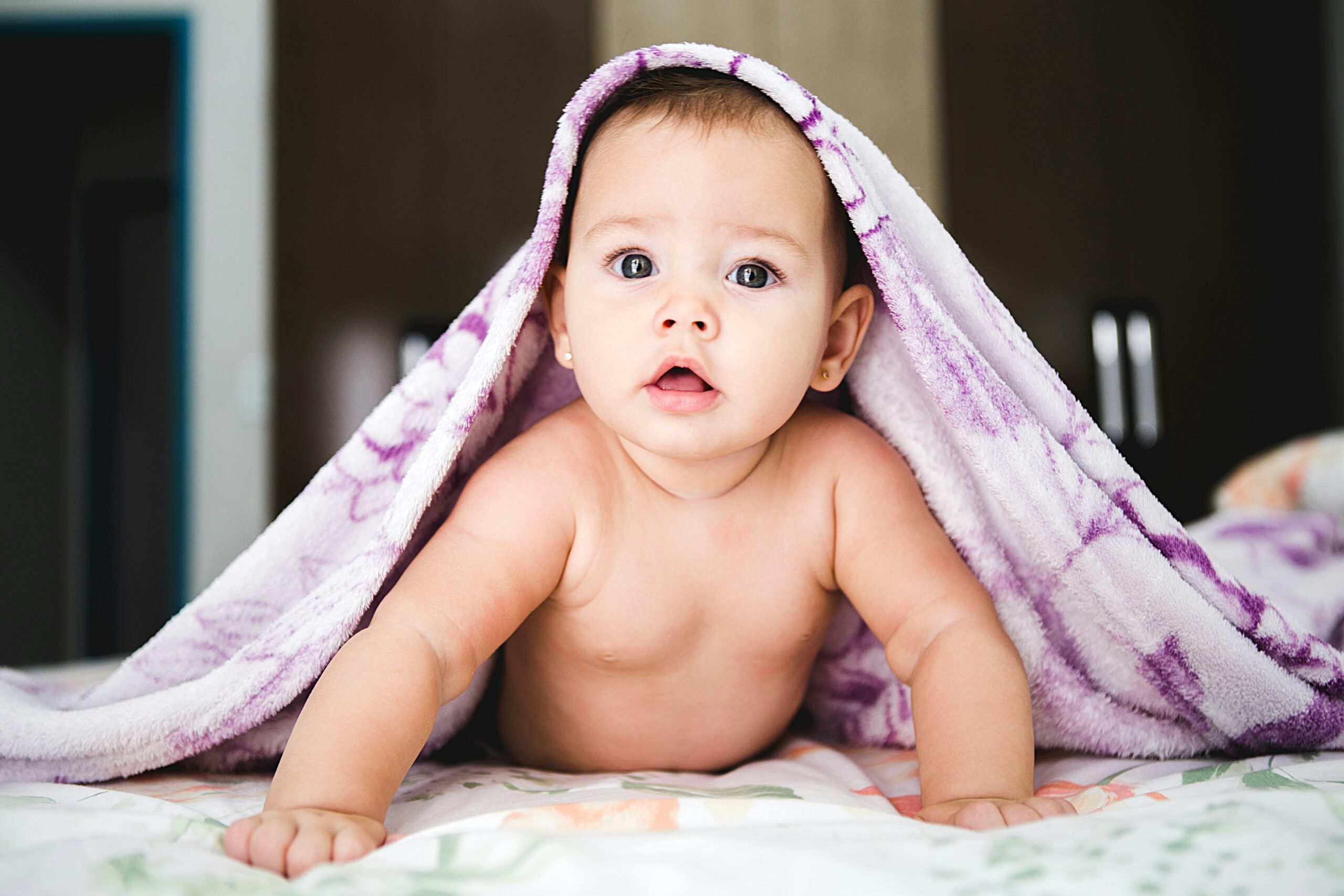Cats are known for their independent nature and unique behaviors. Among the many fascinating aspects of feline behavior is the concept of imprinting, a term more commonly associated with birds and other animals. However, imprinting in cats manifests in distinct ways, particularly in how they form bonds with humans. This essay explores whether cats imprint on one person, examining the nuances of feline attachment, the factors influencing these bonds, and the implications for cat owners. Additionally, we will include a FAQ section to address common questions and concerns about cat behavior and attachment.
Understanding Imprinting
Definition and Origins
Imprinting is a process where a young animal acquires several of its behavioral characteristics from its parent or another individual. This phenomenon was first thoroughly studied by Konrad Lorenz in birds, particularly geese. For birds, imprinting happens within a critical period shortly after birth, during which they form a strong attachment to the first moving object they encounter, usually their mother. This bond affects their future behaviors and social interactions.
Imprinting in Mammals
In mammals, the concept of imprinting is more complex and less rigid than in birds. It often refers to the process of forming strong social bonds during the early stages of life. In primates and other mammals, these bonds are crucial for survival, ensuring that the young receive care, protection, and social learning from their parents. While the term “imprinting” is not commonly used to describe feline behavior, the underlying principles of early attachment and bonding can be observed in cats.
Feline Social Structure and Attachment
Natural Behavior and Socialization
Cats are solitary hunters by nature, but they are also capable of forming social groups, particularly in feral cat colonies where related females often live together and share resources. In these groups, cats develop social hierarchies and establish bonds with other members. These social behaviors indicate that cats are capable of forming attachments, though their socialization process differs significantly from that of more social animals like dogs.
Early Socialization Period
The early weeks of a kitten’s life are critical for social development. During the first 2 to 7 weeks, kittens are highly receptive to social stimuli. Positive interactions with humans and other animals during this period can significantly influence a cat’s social behavior and attachment patterns. Kittens handled by humans during this time are more likely to be friendly and sociable adults.
The Bond Between Cats and Humans
Individual Variation in Attachment
Cats exhibit a wide range of behaviors and personalities, which influence how they form bonds with humans. Some cats may develop strong attachments to one person, while others may be more social and form bonds with multiple people. Factors such as genetics, early socialization, and individual temperament play significant roles in these variations.
Signs of Attachment
A cat that has formed a strong bond with a particular person may display several behaviors indicating attachment:
- Following the Person: A bonded cat may follow their favorite person from room to room, wanting to be near them.
- Vocalization: Cats often use vocalizations, such as meowing or purring, to communicate with their preferred human.
- Physical Contact: Seeking physical contact, such as sitting on the person’s lap, rubbing against them, or sleeping beside them, is a common sign of attachment.
- Greeting Behavior: A bonded cat may greet their favorite person at the door with enthusiasm, showing excitement upon their return.
Factors Influencing Feline Attachment
Early Experiences
The experiences a cat has during its early life significantly impact its attachment patterns. Kittens that are handled gently and frequently by humans during their socialization period are more likely to form strong bonds with people.
Consistency and Care
Cats often form attachments to individuals who provide consistent care. Regular feeding, grooming, and positive interactions contribute to the development of a strong bond. Cats are creatures of habit and tend to prefer routines, which can enhance their attachment to the person who provides stability and care.
Individual Temperament
Just like humans, cats have distinct personalities that affect how they bond with others. Some cats are naturally more affectionate and sociable, while others may be more independent or aloof. These personality traits influence the strength and nature of the bond they form with their human companions.
The Role of Imprinting in Feline-Human Relationships
Comparisons with Other Animals
While imprinting in the strict sense is less evident in cats than in birds, the principles of early bonding and attachment are still relevant. Like young birds, kittens form critical attachments during their early weeks of life. However, the process is more flexible and influenced by a broader range of factors in mammals.
The Concept of a “Favorite Person”
Many cat owners observe that their cats seem to have a “favorite person” in the household. This individual is often the one who spends the most time with the cat, provides care, and engages in positive interactions. This preference can be seen as a form of imprinting, where the cat forms a stronger bond with one person over others.
The Science Behind Feline Attachment
Research on Feline Behavior
Studies on feline behavior and attachment have provided insights into how cats form bonds with humans. Research has shown that cats are capable of forming secure attachments to their owners, similar to the attachment bonds seen in dogs and human infants. These studies often use behavioral tests, such as the “Strange Situation” test, to assess attachment styles in cats.
Hormonal and Neurological Factors
The bonding process in cats, as in other mammals, is influenced by hormonal and neurological factors. Oxytocin, often referred to as the “love hormone,” plays a significant role in social bonding and attachment. Higher levels of oxytocin have been associated with increased bonding behaviors in both humans and animals.
Practical Implications for Cat Owners
Building a Strong Bond
Cat owners can foster strong bonds with their pets by providing consistent care, engaging in positive interactions, and respecting their cat’s individual temperament and boundaries. Spending quality time playing, grooming, and cuddling with the cat can enhance the bond.
Recognizing and Respecting Boundaries
Understanding that each cat has a unique personality and preferences is crucial. Some cats may prefer less physical contact and more independence, while others may seek constant companionship. Respecting these individual differences is essential for building a healthy and positive relationship.
Frequently Asked Questions (FAQ)
Do all cats form strong bonds with humans?
Not all cats form strong bonds with humans. The strength and nature of the bond between a cat and a human depend on several factors, including the cat’s individual temperament, early socialization experiences, and the quality of care provided by the human. Some cats may be more aloof and independent, while others may seek constant companionship and form strong attachments.
How can I tell if my cat has imprinted on me?
Signs that a cat has formed a strong bond with you may include following you around the house, seeking physical contact such as sitting on your lap or sleeping beside you, vocalizing to get your attention, and greeting you enthusiastically when you come home. Each cat may show these behaviors to varying degrees, depending on their personality.
Can a cat form a bond with more than one person?
Yes, cats can form bonds with multiple people, especially if they have positive interactions and consistent care from those individuals. However, a cat may still have a preference for one person over others, often the one who spends the most time with the cat and provides the most care.
Does the breed of a cat affect its tendency to form bonds with humans?
Certain cat breeds are known for being more sociable and affectionate, which can influence their tendency to form bonds with humans. For example, breeds like the Siamese, Ragdoll, and Maine Coon are often described as being more people-oriented and may be more likely to form strong attachments. However, individual temperament and early socialization experiences are also significant factors.
How does early socialization impact a cat’s attachment to humans?
Early socialization is crucial for a cat’s ability to form bonds with humans. Kittens that are handled gently and frequently by humans during the first few weeks of life are more likely to be friendly and sociable adults. Positive experiences during this critical period can help cats develop trust and attachment to humans.
Can an older cat form a new bond with a person?
Yes, older cats can form new bonds with people, although the process may take longer than with a kitten. Providing consistent care, patience, and positive interactions can help an older cat develop trust and form a bond with a new person. It is essential to respect the cat’s boundaries and allow them to approach the relationship at their own pace.
What should I do if my cat seems to prefer someone else in the household?
If your cat seems to prefer someone else in the household, it is important to respect the cat’s preferences and not force interactions. You can still build a positive relationship with the cat by engaging in activities they enjoy, such as playing, grooming, or providing treats. Over time, the cat may become more comfortable and form a bond with you as well.
The Impact of Human Behavior on Feline Attachment
Consistent Routines and Positive Reinforcement
Cats thrive on routine and consistency. Establishing regular feeding times, play sessions, and grooming routines can help strengthen the bond between a cat and its owner. Positive reinforcement, such as using treats and praise, can encourage desired behaviors and foster a sense of trust and security in the cat.
The Role of Body Language and Communication
Understanding and responding to a cat’s body language is crucial for building a strong bond. Cats communicate through a variety of signals, including tail position, ear orientation, and vocalizations. Being attuned to these signals and responding appropriately can help create a positive and trusting relationship.
Addressing Behavioral Issues
Behavioral issues, such as aggression or anxiety, can strain the bond between a cat and its owner. It is important to address these issues promptly and seek professional advice if needed. Understanding the underlying causes of behavioral problems and implementing appropriate strategies can help improve the relationship and strengthen the bond.
The Influence of Environment on Feline Attachment
Creating a Safe and Stimulating Environment
A cat’s environment plays a significant role in its overall well-being and attachment to its owner. Providing a safe and stimulating environment with opportunities for play, exploration, and rest can enhance a cat’s quality of life and strengthen the bond with its owner. Enrichment activities, such as puzzle toys and interactive play sessions, can provide mental and physical stimulation and promote positive interactions.
The Importance of Vertical Space
Cats are natural climbers and enjoy having access to vertical space. Providing cat trees, shelves, or other elevated surfaces can give cats a sense of security and territory, which can positively impact their behavior and attachment to their owner. Vertical space allows cats to observe their surroundings from a safe vantage point and engage in natural behaviors.
The Role of Health and Wellness in Feline Attachment
Regular Veterinary Care
Maintaining a cat’s health through regular veterinary care is essential for fostering a strong bond. Regular check-ups, vaccinations, and preventive care can help identify and address health issues early, ensuring the cat remains healthy and comfortable. A healthy cat is more likely to engage in positive interactions and form strong attachments with its owner.
Nutrition and Hydration
Proper nutrition and hydration are crucial for a cat’s overall well-being. Providing a balanced diet that meets the cat’s nutritional needs can support their health and energy levels, contributing to positive behavior and attachment. Ensuring access to fresh water at all times is equally important for maintaining hydration and overall health.
The Emotional and Psychological Aspects of Feline Attachment
The Role of Stress and Anxiety
Stress and anxiety can negatively impact a cat’s attachment to its owner. Identifying and addressing sources of stress, such as changes in the environment, new pets, or loud noises, can help reduce anxiety and promote a stronger bond. Providing a calm and stable environment, along with strategies to manage stress, can improve the cat’s emotional well-being and attachment.
The Importance of Play and Enrichment
Play and enrichment activities are essential for a cat’s mental and physical health. Engaging in interactive play sessions, providing toys that stimulate hunting instincts, and offering opportunities for exploration can enhance the bond between a cat and its owner. Playtime allows for positive interactions, strengthens the bond, and helps the cat expend energy in a healthy way.
The Long-Term Impact of Feline Attachment
The Benefits of a Strong Bond
A strong bond between a cat and its owner can have numerous benefits for both parties. For the cat, a secure attachment can lead to improved emotional well-being, reduced stress, and increased trust in humans. For the owner, a strong bond can result in a deeper sense of companionship, increased joy, and a greater understanding of their pet’s needs and behaviors.
Maintaining the Bond Over Time
Maintaining a strong bond with a cat requires ongoing effort and attention. Regularly engaging in positive interactions, providing consistent care, and adapting to the cat’s changing needs can help sustain the bond over the years. Being attentive to the cat’s health, behavior, and preferences is crucial for nurturing a lasting and fulfilling relationship.
Extended FAQ Section
Can a cat’s attachment style change over time?
Yes, a cat’s attachment style can change over time due to various factors such as changes in the environment, health issues, or alterations in the household dynamic. Cats may become more or less attached to their owners based on their experiences and interactions. Consistent positive interactions and addressing any changes or stressors can help maintain a healthy attachment.
How can I help a shy or fearful cat form a bond with me?
Helping a shy or fearful cat form a bond requires patience and gentle, positive interactions. Create a safe and quiet space for the cat to retreat to when feeling overwhelmed. Gradually introduce yourself by spending time near the cat without forcing interactions. Use treats, toys, and gentle petting to build trust and encourage positive associations. Over time, the cat may become more comfortable and form a bond with you.
What are some signs that a cat is stressed or anxious?
Signs of stress or anxiety in cats can include changes in behavior such as hiding, excessive grooming, loss of appetite, aggression, or litter box issues. Physical signs can also include dilated pupils, flattened ears, and a tense body posture. Identifying and addressing the sources of stress is crucial for the cat’s well-being and can help improve their attachment to their owner.
How can I strengthen my bond with an adult or senior cat?
Strengthening a bond with an adult or senior cat involves providing consistent care, engaging in gentle and positive interactions, and respecting the cat’s individual needs and preferences. Senior cats may require special considerations such as comfortable resting areas, easy access to food and water, and regular veterinary care. Spending quality time together through play, grooming, or simply being present can help deepen the bond.
Can cats form bonds with other pets in the household?
Yes, cats can form bonds with other pets in the household, including other cats, dogs, and even small animals. The process of forming these bonds can vary based on the individual personalities of the pets and their early socialization experiences. Gradual introductions and supervised interactions are key to fostering positive relationships between pets. Some cats may become very close with other pets, while others may prefer more distance.
What should I do if my cat suddenly becomes more aloof or distant?
If a cat suddenly becomes more aloof or distant, it is important to consider potential causes such as changes in the environment, health issues, or stressors. Observing the cat’s behavior and consulting with a veterinarian can help identify and address any underlying issues. Providing a stable and comforting environment, along with positive interactions, can help the cat feel more secure and re-establish the bond.
How can I create a cat-friendly environment that promotes attachment?
Creating a cat-friendly environment involves providing ample opportunities for play, exploration, and rest. Incorporate vertical spaces like cat trees or shelves, cozy hiding spots, and interactive toys to stimulate the cat’s natural behaviors. Ensure the environment is safe and free from stressors, with access to fresh water, nutritious food, and clean litter boxes. A comfortable and enriched environment can enhance the cat’s overall well-being and attachment to its owner.
Conclusion
Understanding the complexities of feline attachment and the factors that influence it can help cat owners build strong and positive relationships with their pets. While cats may not imprint in the same way as birds, they are capable of forming deep bonds with their human companions. By providing consistent care, positive interactions, and a supportive environment, cat owners can nurture these bonds and enhance the well-being of their feline friends.



